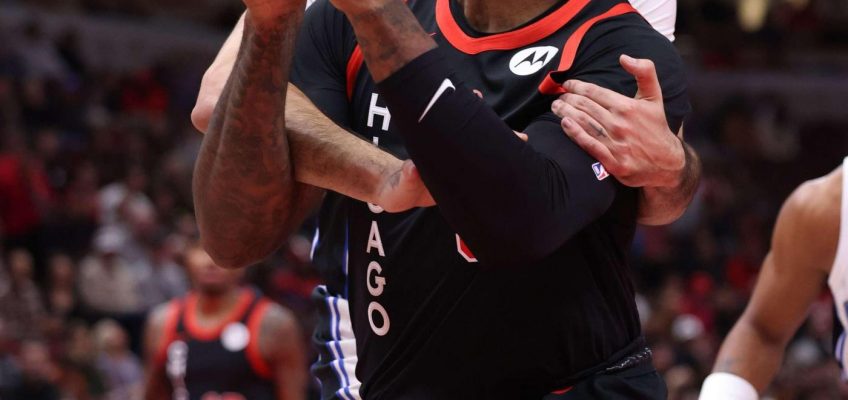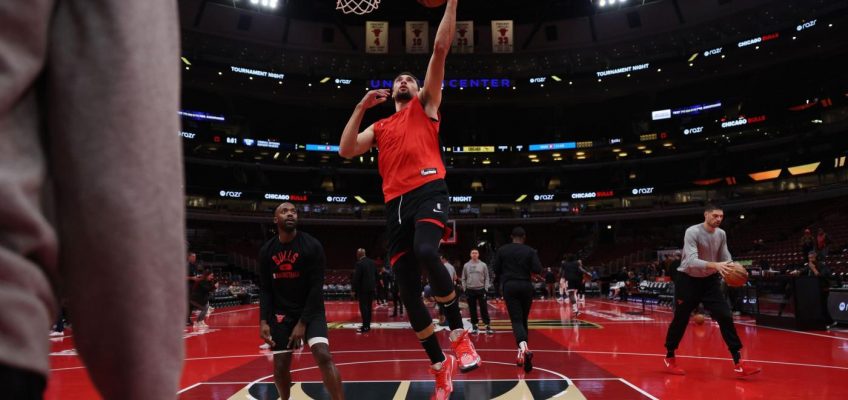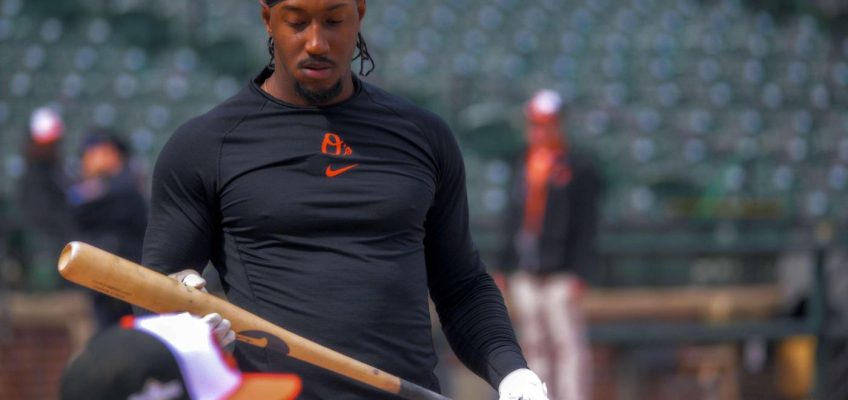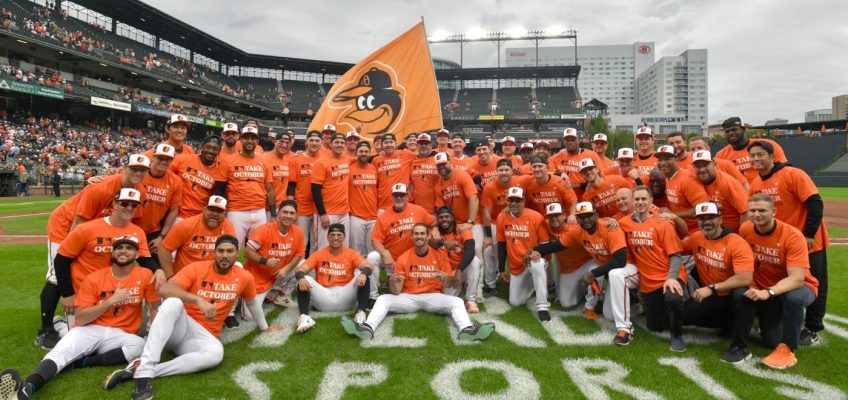The Chicago Bulls staged another rally from yet another substantial halftime deficit Friday but again fell short in a 103-97 loss to the Orlando Magic at the United Center.
It was the Bulls’ second consecutive defeat to the Magic, third straight overall and seventh in nine games, dropping them to 4-9. It also was their second loss in as many games in the NBA In-Season Tournament.
Here are five takeaways from the loss.
1. Alex Caruso starts strong before a midgame exit.
Caruso replaced Torrey Craig in the starting lineup as coach Billy Donovan tinkers with rotations to try to snap the Bulls out of their early-season slump.
Caruso offered an immediate antidote to the Bulls’ recent pattern of slow starts, draining his first three 3-pointers and recording a block and steal in the opening six minutes.
The Bulls pulled ahead 9-4, but the Magic answered with a 19-7 run to close the first quarter with the guard off the court. Caruso was one of three players to finish with a positive plus-minus rating (7), but the Bulls struggled whenever he was on the bench.
This issue was exacerbated when Caruso exited the game in the third quarter after he landed awkwardly on his right hand while diving for a ball. After several minutes of playing through visible discomfort, he subbed out the game with 5 minutes, 6 seconds left in the quarter.
Caruso had several fingers taped on the hand before heading to the locker room. He returned briefly to the sideline, then went back to the locker room to have his shoulder wrapped with an ice pack.
Caruso did not reenter the game until the final three minutes of play. He logged only 23 minutes because of the injury. He still made an impact, hitting free throws and nailing a 3-pointer in the final minute.
2. Another stagnant 1st half poses serious questions.
For the second consecutive game, the Bulls scored only 33 first-half points.
It was a 24-minute slog in which the Bulls shot 11-for-37. Without Caruso, the Bulls shot only 7-for-31 (22.6%) from the field in the first half. The bench added just one point — an Andre Drummond free throw — while shooting 0-for-9.
The Bulls also coughed up 12 turnovers in the first half, which the Magic converted into 19 points.
Slow starts have become a norm for the Bulls, who average the second-lowest first-quarter points in the league (26) and the fifth-lowest points in the second quarter (27.5).
“We shoot like we trying not to miss,” DeMar DeRozan said. “We play like we trying not to make a mistake instead of just shooting to make it and playing. “You’ve got to understand, there’s going to be mistakes. That happens.
“We just overly try to be conservative in a sense that put us in a lot of situations that make it seem like we in mud, we can’t get a rhythm. But as soon as that sense of urgency kicks in, we find a way no matter how the game is going.”
3. Zach LaVine powers a fruitless 2nd-half turnaround.
The Bulls fell behind by 20 points in the opening minutes of the third quarter. But after hitting that low point, their stars sparked a rally.
LaVine scored 13 points in the third quarter and DeRozan added 11, with each player hitting a 3-pointer. The Bulls scored 32 points in the third, nearly matching their first-half production. This comeback cut the Magic lead to 12 points by the end of the quarter.
In the fourth, the Bulls trailed 15 points with seven minutes left. But LaVine took over, scoring 12 points in the final frame on 5-for-9 shooting.
LaVine sank back-to-back 3-pointers to cut the Magic lead to five points with 5:28 remaining, then fed Drummond for a slam dunk. With a turnaround jumper, LaVine cut the deficit to one. On the next play, LaVine grabbed a turnover and passed ahead to Coby White, who threw down a shattering dunk over Paolo Banchero for a one-point Bulls lead with 3:13 left.
Still, it wasn’t enough. The Magic grabbed a pair of offensive rebounds to drag out one of their last possessions and regain the lead, then stripped LaVine when he attempted a 3-pointer. A pair of missed shots from LaVine and Nikola Vučević sealed the loss.
4. Lack of bench scoring adds to woes.
The Bulls’ stars produced — LaVine scored 34 points on 12-for-20 shooting. DeRozan added 23 points on 10-for-20 shooting. And Caruso provided 18 points despite his midgame exit.
But the Bulls bench scored only eight points. Craig made one 3-pointer and Drummond scored five points.
Part of the issue stemmed from moving Caruso out of the secondary unit, where he typically operates as a playmaker and distributor in addition to a defensive specialist. But the bench couldn’t buy a shot, especially in the first half. Ayo Dosunmu and Patrick Williams both went 0-for-3. Jevon Carter didn’t take a single shot.
5. What does this mean for the In-Season Tournament?
The Bulls fell to 0-2 in the tournament, sitting at the bottom of Eastern Conference Group C.
The Boston Celtics defeated the Toronto Raptors 108-105 Friday, moving the Celtics to the top the group with a 2-0 record.
The Bulls will conclude the group stage with two road games: against the Toronto Raptors on Friday and Celtics on Nov. 28. But with two losses, it’s unlikely they will be able to advance to the quarterfinals.
()




